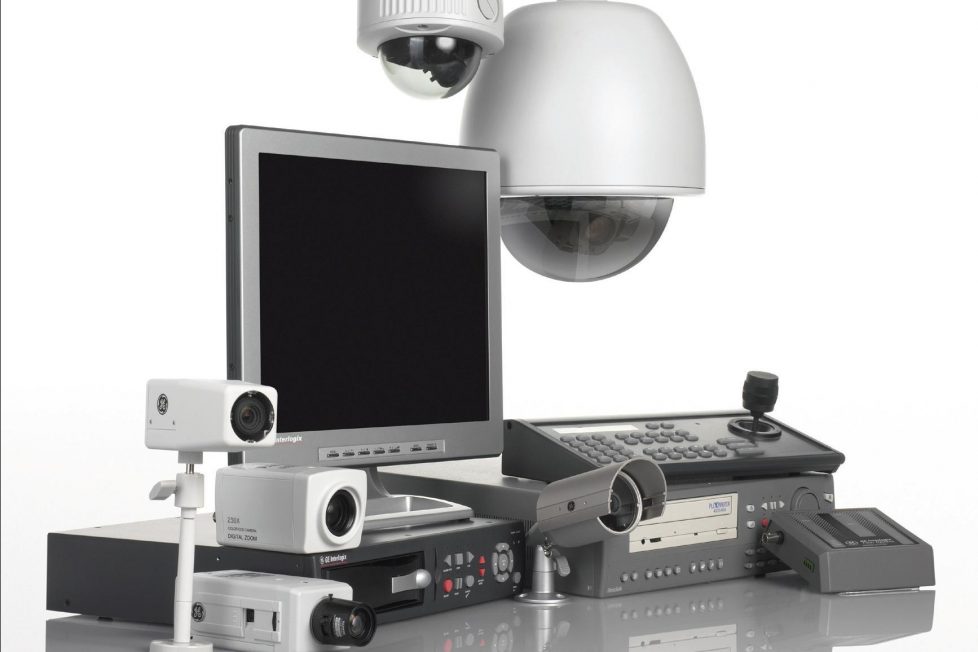Need Home Security? Try CCTV Monitoring System

If you’ve given any thought to home security you’ve probably considered a closed circuit television monitoring system (better known as CCTV.)
What you’ll have with your CCTV system is at least one surveillance camera, a variety of lenses (pan, zoom and infrared for night vision) to focus on particular areas of your grounds and home, and a VCR (video cassette recorder) that will make a permanent record of what the camera is seeing.
If you should decide you want to provide CCTV security in your home you’ll need to do at least one slow walk around your home, making notes as you go, about where you need surveillance, and what areas are the most vulnerable, and in need of protection. While you certainly want to focus on your house – the place where your family’s safety is the primary concern – don’t neglect to include garage, breezeway, in-law quarters, front and back yard, driveway, alleyway, or any outside fence or gate entrance.
You may want more than one camera in your home. This could be important if your home is large, for instance, and you’re regularly in one section of the home while a babysitter watches your children, or a housekeeper performs his or her duties. With the prevalence of home offices this may be especially important, if you’re in your office all day with the door shut. Having a separate camera watching that home office may also reduce your insurance bill as well.
Once you’ve determined what areas on which you need to focus you’ll have to measure the areas. The range of area needing monitoring is important to the size of camera or cameras you purchase.
While you can choose five sizes of camera – ranging in size from one quarter to two thirds of an inch, the wisest choices are to go no larger than one half an inch. With a camera one half inch or smaller you’ll have a more extensive choice of lenses that will work with it.
There are four different versions of CCTV camera lenses from which you can choose. They are fixed aperture, manual or auto iris and zoom. An auto iris lens is ideal for outside viewing, as it adjusts itself to accommodate changes in lighting. In places where the amount of lighting stays fairly stagnant a manual iris will do. This type of lens requires that you actually make the lighting adjustments by hand. Zoom lenses, just as with any camera, allow you to bring a viewed situation closer to your eye for improved visibility. Some zoom lenses offer a motorized option.
Once you know the number of cameras you’re going to need you’ll know whether you’re going to have to have more than one monitor or whether you can make do with a switcher (one monitor, alternating location views) or a multi-plexer (several locations showing in boxes on one monitor at the same time).
Decide how long you are going to need to record prior to being able to remove and replace the VCR film. If the time you’re going to be absent from the home, i.e., unable to remove and replace the VCR tape, is going to exceed 4-6 hours (depending on the VCR) you may not be able to use your household VCR. You may need to upgrade to a commercial quality recorder.
